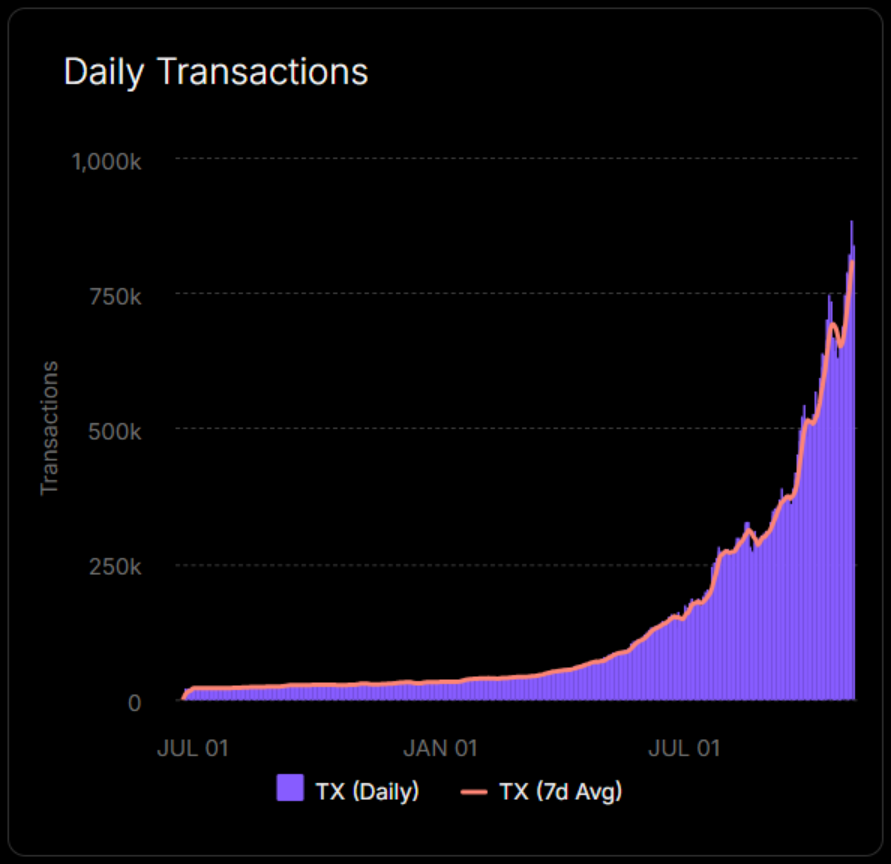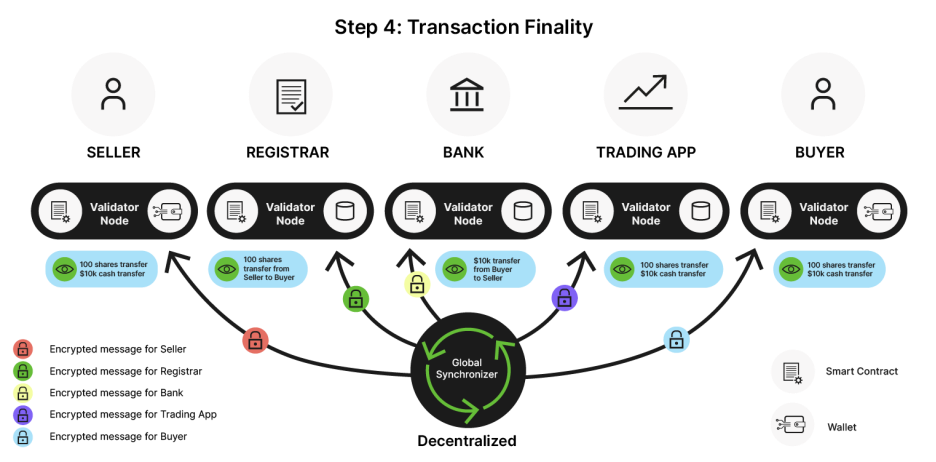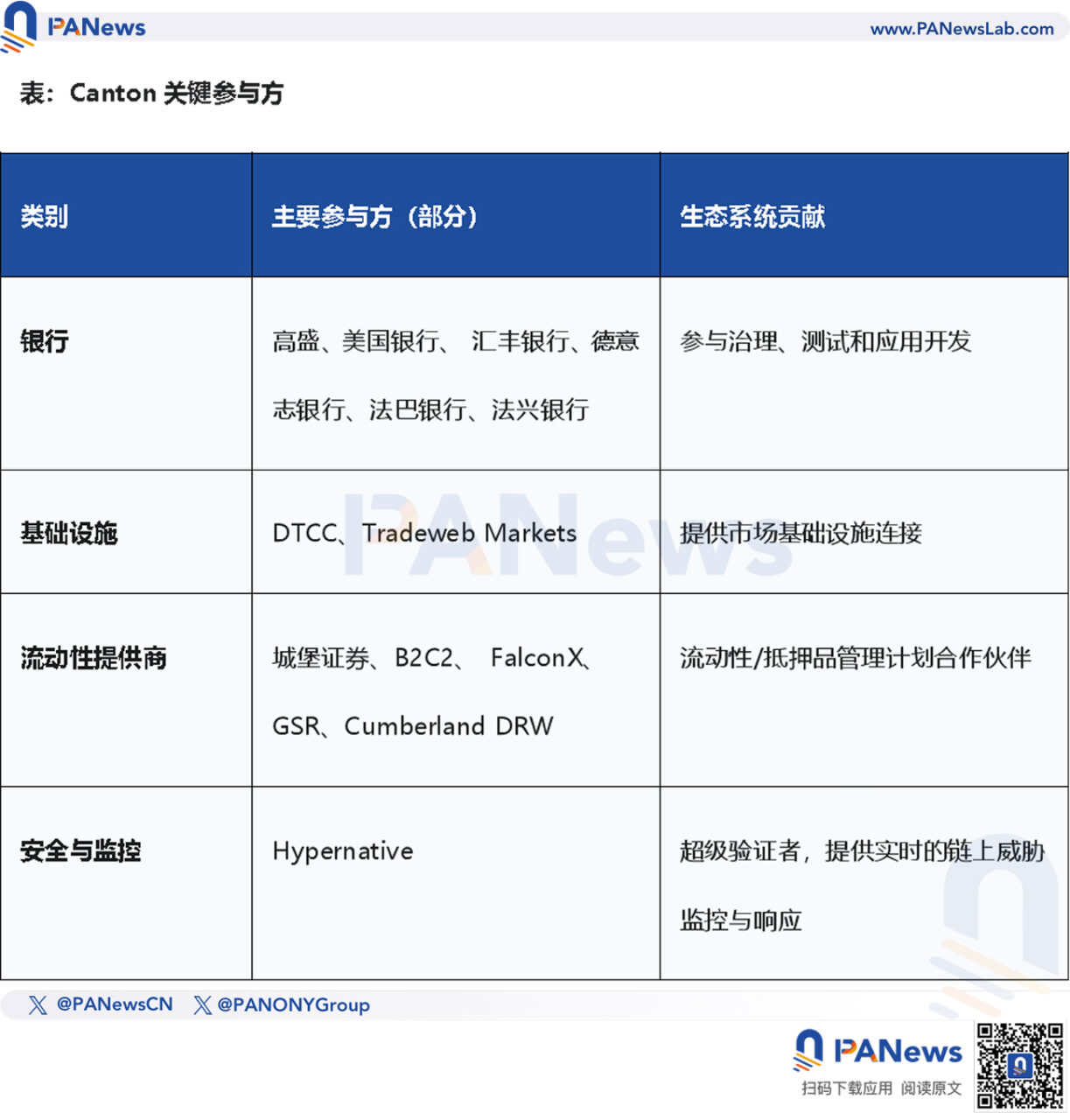Author: JAE, PANews
Following a disappointing “Uptober” and a chilling “Red November,” the once-fervent enthusiasm for the Digital Asset Token (DAT) narrative appears to be waning. The two largest Ethereum reserve companies, BitMNR and SharpLink, are reportedly facing combined unrealized losses exceeding $1.9 billion. Yet, amidst this downturn, Nasdaq-listed Tharimmune made a striking announcement on November 3rd: the establishment of a Canton Coin reserve and the successful completion of a $540 million private placement. This significant funding round was led by DRW and Liberty City Ventures, with participation from prominent institutions like ARK Invest. At a time when the broader DAT trend is receding, this counter-cyclical investment signals more than just capital injection; it represents a powerful reaffirmation of traditional finance’s commitment to blockchain technology.
Unveiling a $500M+ Canton Coin Reserve Strategy
On November 3rd, Nasdaq-listed Tharimmune announced a successful $540 million private placement aimed at establishing a Canton Coin (CC) reserve. This strategic move positions Tharimmune to potentially serve as a super validator and develop decentralized applications (DApps) that will bolster the Canton Network’s overall utility. Notably, Tharimmune stands as the sole publicly traded company to receive direct support from the Canton Foundation.
This initiative carries profound institutional implications:
- Compliant Access: The DAT model offers traditional institutions a regulated pathway to invest in CC via the U.S. stock market. This provides a compliant, indirect exposure to crypto assets for entities operating under strict regulatory frameworks that prohibit direct cryptocurrency holdings.
- Accelerated Capital: Lead investors DRW and Liberty City Ventures primarily funded the round with CC, complemented by an additional $100-200 million from external backers. This not only establishes a robust capital foundation for Canton’s growth but also aligns the protocol’s token economic model with the expanding network effects of a $6 trillion asset-scale ecosystem.
- Network Maturity: The advancement of the DAT strategy is poised to coincide with Canton’s large-scale institutional adoption. This synergy aims to transform the protocol’s technical utility into financial products seamlessly integrable within traditional capital markets.
CC, or Canton Coin, is the native token of the Canton Network, featuring a “mint-and-burn” economic model that directly links network utility with economic incentives. On-chain participants, such as DApp developers and validators, earn CC by contributing to network utility.
The design principles of the CC token economic model include:
- Utility-Driven Issuance: Every circulating CC is generated as a direct result of participants providing practical network utility.
- No Staking Requirement: Unlike many Proof-of-Stake (PoS) public chains, running a validator node on Canton does not require staking. This alleviates institutional concerns about locking up significant capital.
For Canton, the DAT strategy mitigates institutional apprehension regarding cryptocurrency volatility or complex regulatory rules by packaging protocol token investments as regulated financial instruments. This not only paves the way for a synchronized growth of traditional capital and network incentives but also layers an additional value accumulation model atop CC’s utility-driven foundation. As of now, the CC burn/mint ratio has steadily grown to 0.24.

Canton Network: Powering Over $6 Trillion in Tokenized Assets, Aiming to Be the First AllFi Public Chain
The foundational infrastructure of traditional capital markets is undergoing a quiet, yet profound, transformation, spearheaded by a select group of leading institutions. The Canton Network, primarily developed by Digital Asset, has rapidly emerged as a key blockchain platform for Wall Street. It has cultivated a thriving ecosystem encompassing banks, custodians, exchanges, and market makers, actively facilitating the large-scale tokenization of traditional financial assets.
Canton aspires to be the pioneering public chain to introduce the “AllFi” paradigm, dedicated to merging the strengths of DeFi and traditional finance. This enables crypto-native developers and institutions to achieve blockchain efficiency and traditional financial compliance without a “one-size-fits-all” approach.
The most direct measure of infrastructure is its asset scale and transaction speed. Canton has moved beyond the proof-of-concept phase and entered a period of scalable expansion. Official figures reveal that Canton currently supports over $6 trillion in on-chain assets, with a 7-day average transaction volume of 800,000. This data indicates Canton’s deep penetration into high-value traditional financial market workflows, demonstrating institutional-grade transaction speed and liquidity.
 Canton’s roster of investors and participants reads less like a crypto startup’s cap table and more like a Wall Street boardroom, featuring major traditional financial giants alongside core players in the crypto industry. The collective endorsement and deep involvement of these top-tier institutions suggest a shared belief that Canton is poised to become the next generation of global financial infrastructure.
Canton’s roster of investors and participants reads less like a crypto startup’s cap table and more like a Wall Street boardroom, featuring major traditional financial giants alongside core players in the crypto industry. The collective endorsement and deep involvement of these top-tier institutions suggest a shared belief that Canton is poised to become the next generation of global financial infrastructure.

Canton distinguishes itself as the only public chain in the financial industry offering on-chain privacy. Its core strength lies in resolving the persistent privacy and compliance challenges that have historically plagued enterprise-grade Distributed Ledger Technology (DLT). This capability is crucial for enabling the seamless flow of traditional capital within decentralized networks.
Traditional public chains typically employ a “global replication” model, where all users on the network can view every on-chain transaction record. While this fosters transparency and security for retail markets and permissionless DeFi, it presents insurmountable compliance and commercial barriers for the highly regulated and competitive traditional financial sector.
For large financial institutions, public chains lacking privacy features generally suffer from three key pain points, where “complete transparency” paradoxically becomes a structural flaw:
- Commercial Secret Exposure: Placing sensitive business data (such as client information and proprietary trading strategies) on-chain risks exposure to competitors through on-chain analysis, reverse engineering, or malicious attacks.
- Jurisdictional Risk: Legal frameworks like GDPR grant users the right to data erasure. The immutable nature of public chain records can create potential conflicts with such legal requirements.
- Reputation and Compliance Risk: Public transaction histories mean any detail can be scrutinized, increasing the risk of institutional scandals or regulatory penalties.
To meet institutions’ stringent demands for privacy and compliance, while also ensuring interoperability and scalability, Canton employs three core components: Daml smart contracts, the Proof-of-Stakeholder (PoSH) consensus mechanism, and Synchronized Domains.
Firstly, Canton’s foundational framework is built on Daml smart contracts, specifically designed for multi-party participation to ensure both privacy and data consistency.
A key feature of Daml is its support for “sub-transaction privacy.” This means that in a multi-party transaction, each participant can only view the transaction records directly relevant to them. For example, in the settlement process of an asset trade, the buyer, seller, custodian, and bank each receive and record only the essential information pertaining to their specific business activities.

Daml can define which participants have the right to view and modify any given agreement. This “Need-to-Know” mechanism, built on the principle of data minimization, directly addresses the GDPR compliance challenges faced by institutions.
Secondly, Canton utilizes PoSH as its consensus mechanism, a departure from the “global replication” model of traditional PoW or PoS.
In the PoSH model, only validators who are stakeholders in a specific transaction have the authority to validate it. Through privacy configurations, the protocol ensures that validators can only view data copies relevant to their users, without accessing any other information.
This mechanism separates validator responsibilities from data exposure risk, safeguarding distributed transaction validation and integrity while preserving the commercial confidentiality of transaction details.
Finally, the Synchronized Domains architecture provides Canton with horizontal scalability, theoretically offering unlimited Transactions Per Second (TPS).
The trust model of Synchronized Domains is also highly flexible, allowing Canton to maintain interoperability while accommodating diverse institutional preferences for security and efficiency. Crucially, all transaction data transmitted between nodes is end-to-end encrypted and selectively shared only under the “Need-to-Know” mechanism. Thus, Synchronized Domains themselves cannot discern transaction content, ensuring privacy. Even in the presence of malicious participants, Canton guarantees ledger integrity across nodes.
In essence, Canton’s comprehensive architectural design directly addresses the pain points of on-chain trading for traditional financial assets, achieving institutional-grade privacy and compliance standards.
Deep Integration with Financial Giants, Targeting 24/7 RWA Financing Capabilities
Canton’s practical utility and market adoption are already evident through a series of high-value institutional use cases.
The Canton ecosystem encompasses a diverse range of roles, including banks, infrastructure providers, and liquidity providers.
In a groundbreaking pilot program, Canton collaborated with 45 top financial institutions, asset management firms, and service providers, setting a precedent for large-scale atomic transactions. This trial successfully demonstrated that traditionally independent financial systems could connect and synchronize via Canton while maintaining critical privacy controls.
Consequently, Canton’s development relies heavily on the deep involvement of numerous financial giants, who serve not only as users but also as co-builders and investors in the infrastructure.

Canton’s decentralization is primarily reflected in its validator architecture, which currently boasts nearly 600 active validator nodes, balancing governance with performance requirements. Super validators like Hypernative contribute real-time transaction security and risk management capabilities to the network, a critical feature for an ecosystem handling trillions of dollars in assets.
At the asset layer, Canton focuses on the efficient trading of Real World Assets (RWAs), particularly highly liquid assets such as tokenized U.S. Treasuries.
A landmark transaction, led by an industry working group, underscored this capability. Participants included Bank of America, Societe Generale, Citadel Securities, and Circle, who collectively executed an off-hours U.S. Treasury financing transaction on Canton. This significant advancement unlocked 24/7 financing capabilities for assets, overcoming the time constraints and limitations of traditional market settlement mechanisms.
Currently, the daily average repurchase transaction volume for U.S. Treasuries on Canton exceeds $280 billion, indicating Canton’s potential to become a pivotal liquidity infrastructure for traditional financial markets. This scale further validates Canton’s “AllFi” positioning, integrating tokenized assets and privacy-protected payment settlements into institutional-grade workflows.
As assets like tokenized U.S. Treasuries continue to move on-chain, Canton may progressively become the central nervous system of “on-chain Wall Street.” However, its ultimate success in bridging the final mile between traditional finance and crypto markets will largely depend on its ability to adapt to regulatory landscapes. Despite Canton’s robust privacy features, regulatory uncertainties persist, such as the SEC’s scrutiny of tokenized assets or the EU’s stance on blockchain GDPR compatibility.
Critics in the market also argue that while PoSH is privacy-friendly, it might reduce overall transparency, potentially increasing money laundering risks. Furthermore, CC’s burn mechanism relies on genuine activity; a slowdown in adoption could impact its deflationary effect.
(The above content is an authorized excerpt and reprint from our partner PANews. Original Article Link)
Disclaimer: This article is for market information purposes only. All content and views are for reference only and do not constitute investment advice. They do not represent the views and positions of BlockTempo. Investors should make their own decisions and trades. The author and BlockTempo will not bear any responsibility for direct or indirect losses incurred by investors’ transactions.





